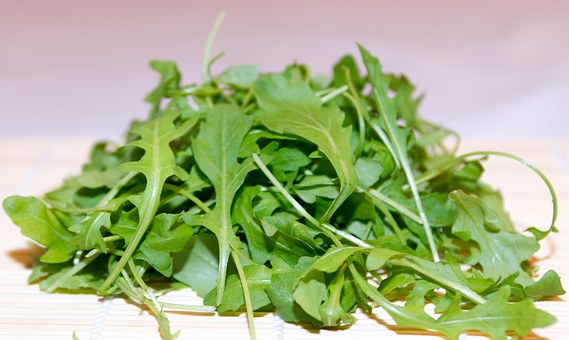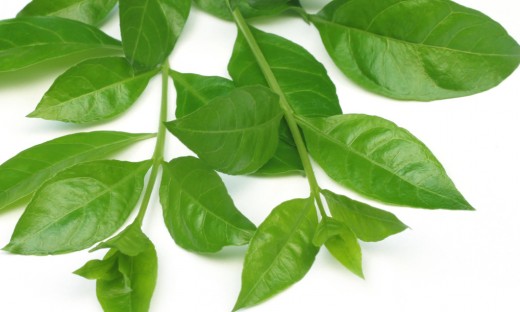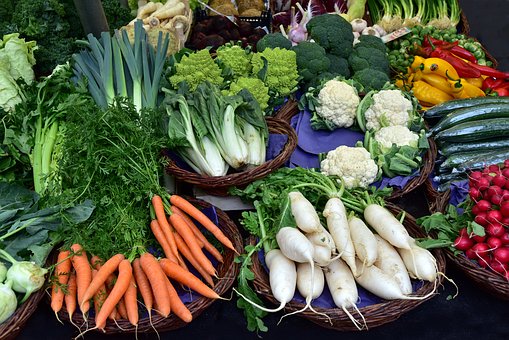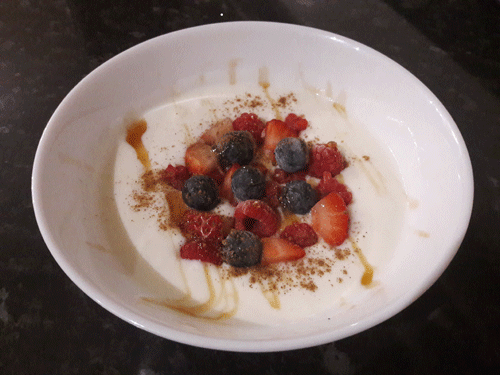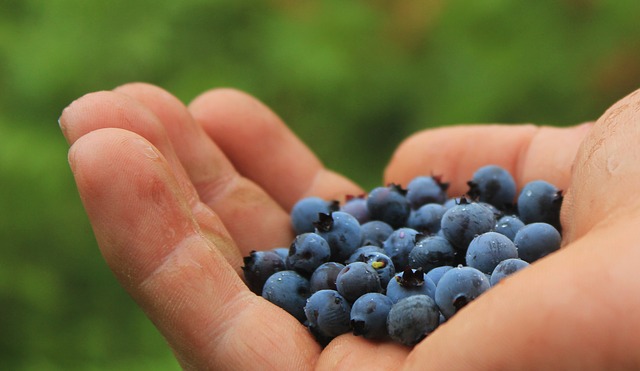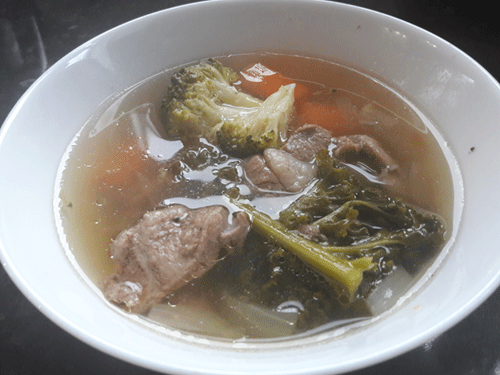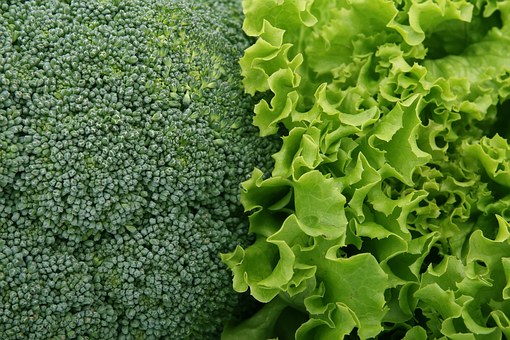Cancer Simplified: Part 4 - The Immune System's In-Built Anti-Cancer Mechanism
© HealthyMuslim. See Terms and Conditions
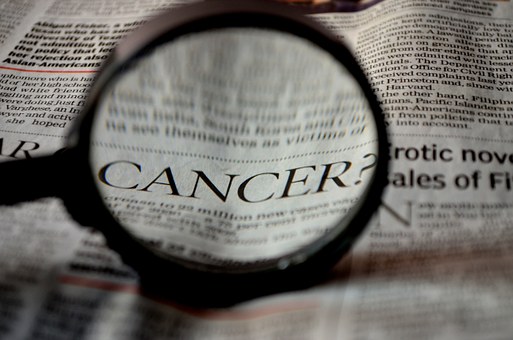
The immune system is able to detect whether normal cells have turned into cancer cells. White blood cells known as T-Lymphocytes play this role. These cells travel in the body scouting for abnormal cells and any foreign proteins that may have been secreted by tumour cells. Lymphocytes make up around a quarter to a third of the total white blood cell count and they increase when the body suffers from certain infections. They are made in the bone-marrow and come in two forms: The T-cells and the B-cells.
The T-cells mature in the thymus gland which is behind the breastbone and they play numerous roles in the immune response. The B-cells are the ones that produce antibodies to neutralize foreign bodies that have found their way in the blood and tissues. The B-Lymphocytes produce specific antibodies to foreign materials, this is how they work. Certain types of T-Lymphocytes alert other white blood cells in the immune system that cancer cells have been detected, so they act by providing signals. When alerted, certain lymphocytes produce anti-cancer chemicals in response to the signal. These chemicals are known as cytokines, and they include tumour necrosis factor (TNF), just another way of saying a chemical that induces death in a tumour cell, interleukin and interferon. Basically, this is the body's natural way of killing the cancer cells, it is a kind of 'chemotherapy' so to speak, except that it does not target any healthy cells, only the abnormal cells. [This contrasts with the conventional chemotherapy treatment where toxic poison is administered to the entire body, it is not specific or targeted. In the process this destroys the immune system and makes a person prone to other potentially fatal secondary ailments such as infections].
Another special form of lymphocyte which provides an immediate and powerful means of protection against cancer is what is referred to as natural killer (NK) cells. They can migrate to the site of the cancer and destroy the abnormal (malignant) cells before they can divide and multiply. In a healthy and normal immune system, these NK cells descend rapidly on any microscopic tumour and destroy it. Thus, many tumours never get past the microscopic stage and would never manifest any symptoms. NK cells are effective in preventing spread of cancer cells to other parts of the body where they would otherwise seed new tumour growths.
Finally, macrophages, which are large cells supporting the detoxification process. They scavenge debris and store wastes and they are a major part of the body's first line of defence. They destroy cancer cells by splitting them apart and swallowing (ingesting) them. They have other roles too, regulating cell reproduction and the activities of other immune cells. The functionality of macrophages is significant in that it can determine whether tumour cells will continue to thrive or die. Increased macrophage activity is assocated with decreased tumour growth.
A critical stage is reached when - after having gone through the phases of hyperplasia, then neoplasticity, then a tumour - the tumour cells start signalling for capillaries to extend in its direction. This is what the tumour's ultimate goal is, to ensure a supply of nutrition for itself to stay alive and its primary nutrition is glucose. It will establish a capillary network extending into itself for this purpose. Once this stage has been reached, it will grow quickly. When things get to this level [and often it is around this stage when tumours are detected and cancer is diagnosed] it is a clear indication of the breakdown of the immune system. Something went wrong somewhere: The signals were not sent, there were not enough lymphocytes, the right cells were not being activated in the right amounts and so on. And why did this happen? Because of a sustained period of stress and trauma on the immune system arising due to a combination of factors.
Further, and to make matters worse, cancer has the ability to send signals to affect the functioning of the immune system, it essentially fights against it to ensure its own survival. Tumour cells secrete enzymes to disable activation of immune system cells that have the ability to eliminate them.
To summarise, the key thing to take from this article then is that immune system already has an in-built anti-cancer, self-healing mechanism. This mechanism has broken down or has been unable to operate efficiently, leading to opportune cancer cells - over a particular period of time - to develop into their own mass, competing with the vital organs of the body to acquire nutrition. Eventually, the cancer makes attempts to inhibit the immune response for its own growth and survival. Any genuine cure for cancer must involve restoring the immune system to its healthy condition and identifying the factors that compromised it and treating them accordingly and appropriately. Treatments which ignore this crucial aspect are not really cures but only attempts to do away with the signal of the disease ((the lump or bump) and not the actual disease itself - refer to the car and warning light analogy in Part 2.
Now, whether we are looking at cancer from the angle of prevention or from the angle of treatment and cure, it is important to look at these factors that stress the immune system. In the next part we will look twenty or so factors that contribute to cancer.
Link to this article: Show: HTML Link • Full Link • Short Link
Share or Bookmark this page: You will need to have an account with the selected service in order to post links or bookmark this page.





|
Related Articles:
- Olive Oil Is Effective Against A Form of Breast Cancer
- Higher Vitamin D Levels in Blood Associated With Lower Cancer Incidence
- Cancer Said To Be No. 1 Killer by 2010
- Disease-Fighting Properties of Green Tea
- Regular Exercise 'Prevents Breast Cancer'
- Caution on Triclosan - An Anti-Bacterial In Soaps, Toothpastes, Deodorants And Cosmetics
- Green Tea, Blueberry and Raspberry Fruit Extracts Touted as Potential Cancer Fighters
- Artificial Sweetener Aspartame Is Carcinogenic
- Mobile Phone Use 'Raises Children's Risk of Brain Cancer Fivefold'
- Dr Linus Pauling, Vitamin C Infusions and Cancer
You must be registered and logged in to comment.
Most Popular
Latest Articles
Popular Subjects
Health, fitness and longevity
Based upon the principles of health
in the Qur'an and Prophetic Traditions.
HealthyMuslim.Com
There are two bounties in which
most people lose out: good health
and free time. Al-Bukhari.







